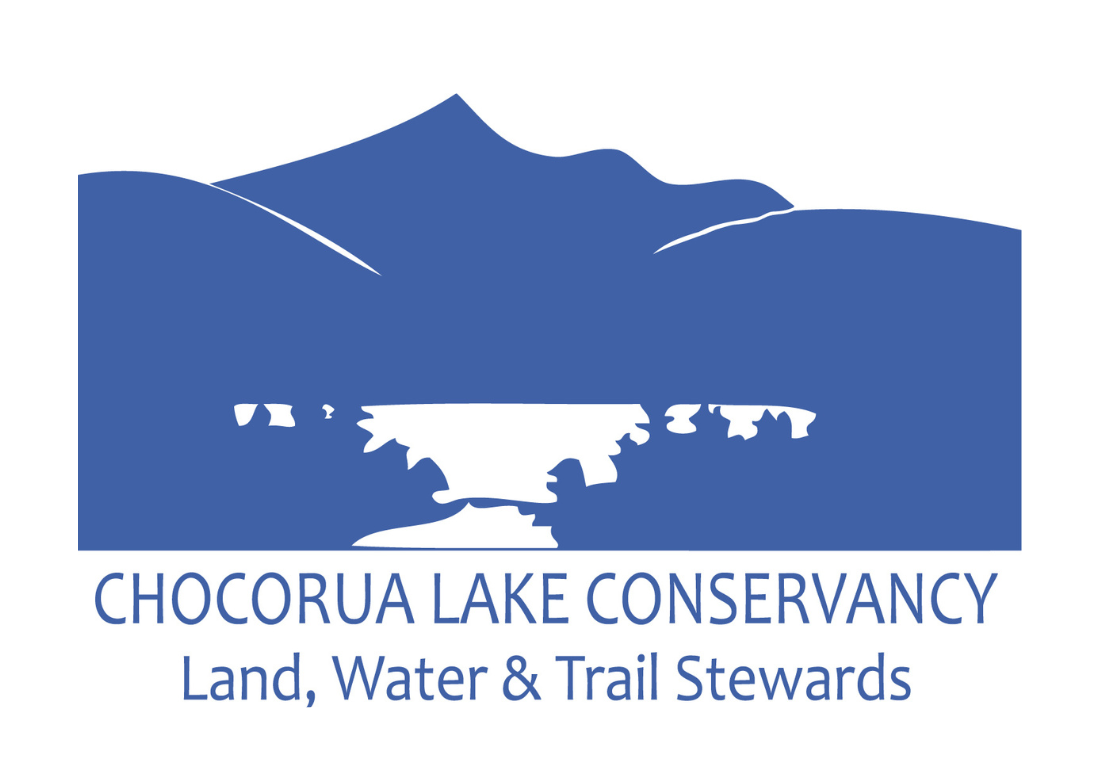Particularly interesting was the effect of Hurricane Irene in late August of 2011 (see page 47) on the lake-water quality as well as the long-term positive effect of installation of best management practices on the eastern shore in 1999.
Mary Scott: A Remembrance
by Toby Page
The other day, Theo and I went to supper at a friends’ house and met Rob Emlen, the art curator of Brown University, and his wife, a fund raiser at Brown. The conversation turned to summer, and Rob mentioned that he used to visit his aunt’s house in New Hampshire.
It was Chocorua, and the aunt was Aunt Mary.
“Aunt Mary got married to Harry Scott in 1906. In those days the house had no electricity. Aunt Mary saw no need for it, and they used kerosene lanterns.
“One time, soon after they first arrived, Mary and Harry decided to take a walk around the field and woods. It began to get dark, and they got turned around, not sure of the way back. There were no lights in the house, you wouldn’t leave a kerosene lantern burning in the daylight when they left for their walk.
"Pretty soon it was close to pitch black in the woods.
“They didn’t worry, they had heard that if you to walk down hill eventually you would come to something you could recognize. They came to a wet bog. They went around the bog, now thoroughly turned around, but no longer going down hill. They wondered if they could be lost forever.
"But eventually they came to a clearing.
"Suddenly they saw bright lights on the tops of the trees, then lower down on the trees, then noise, then a truck coming at them. They stepped out of the clearing, and the truck rolled by.
“ ‘We must be on Route 16,’ they realized (Route 16 was then a narrow dirt road).
“But to go right or left? They went left, and soon they found their driveway, and were home again.”
“When was this,” I asked. “I don’t know, it might have been a little after 1906, or maybe 1920.”
I went home after supper thinking about Aunt Mary and the old Hammond farm.

